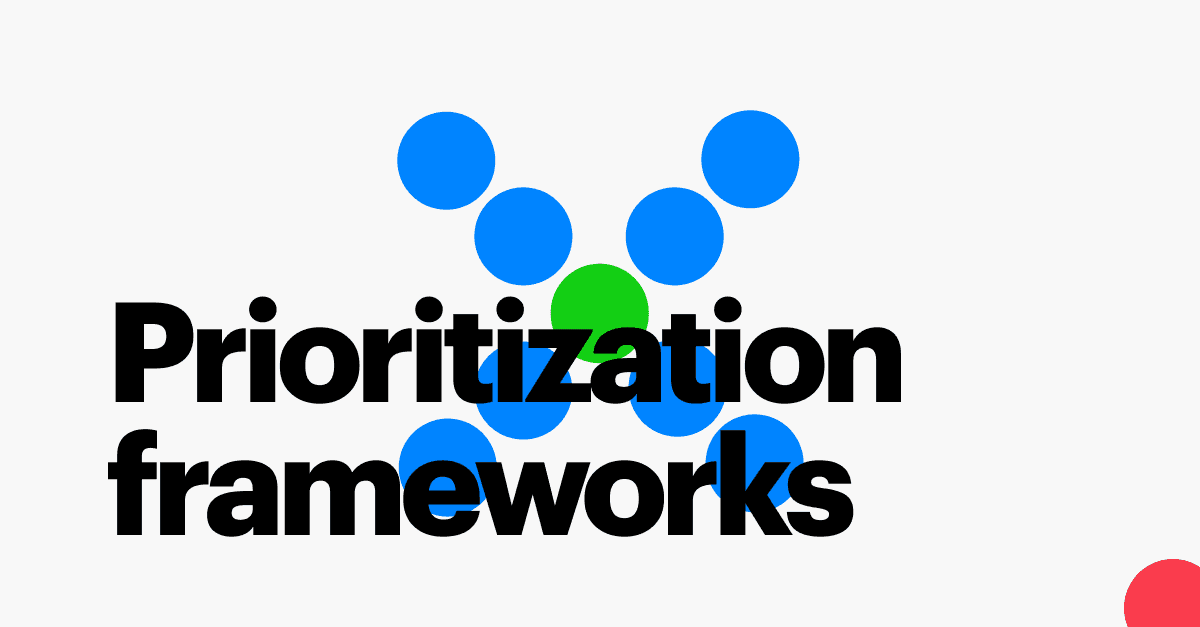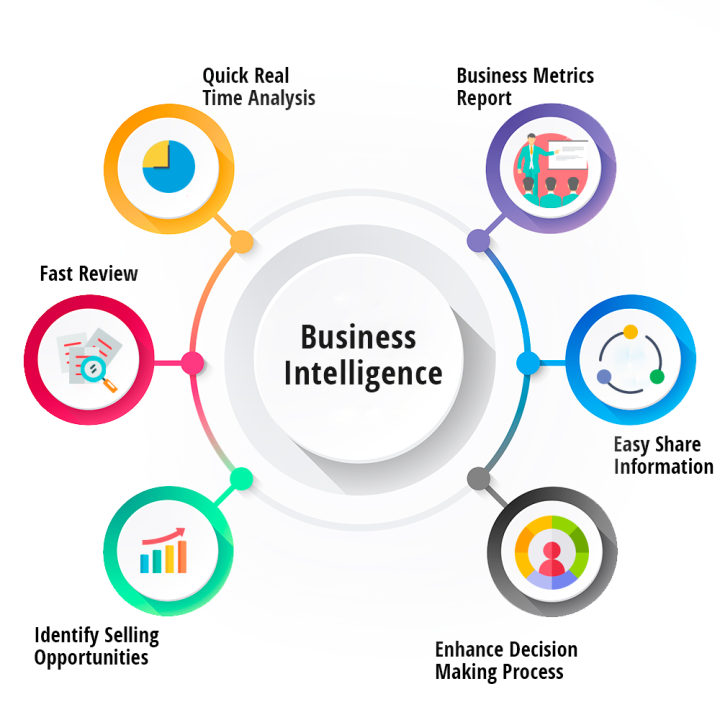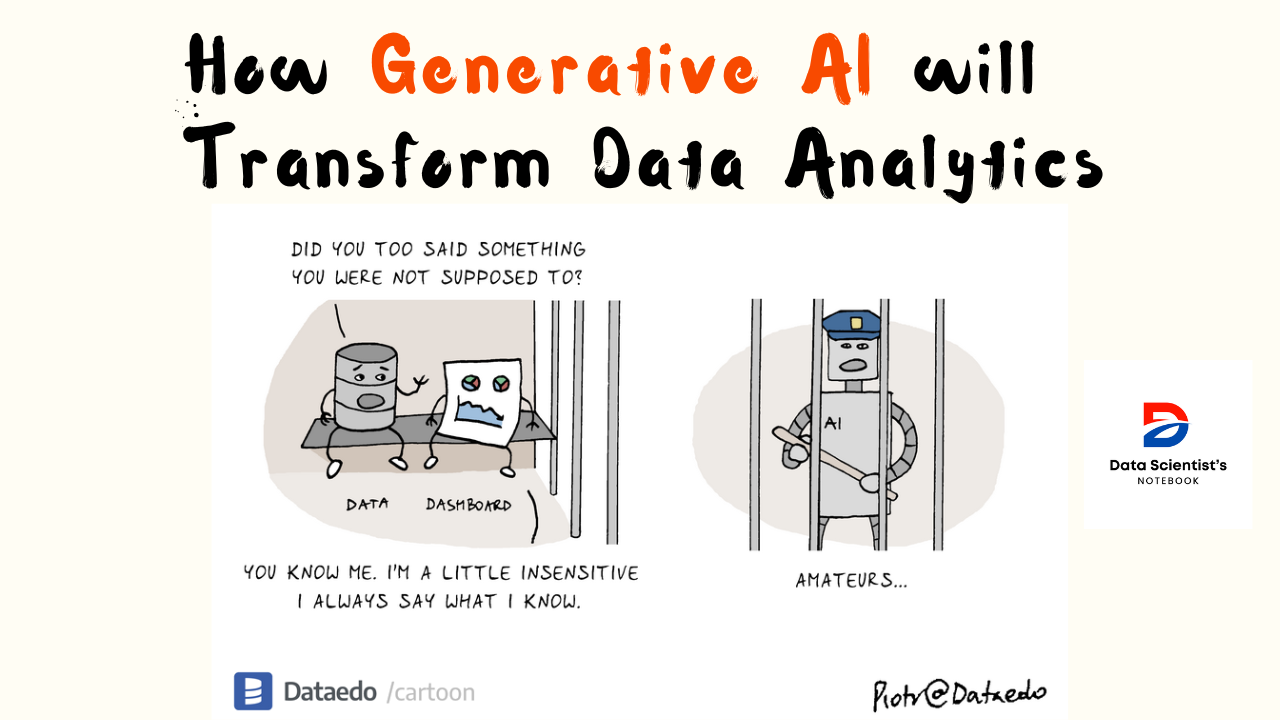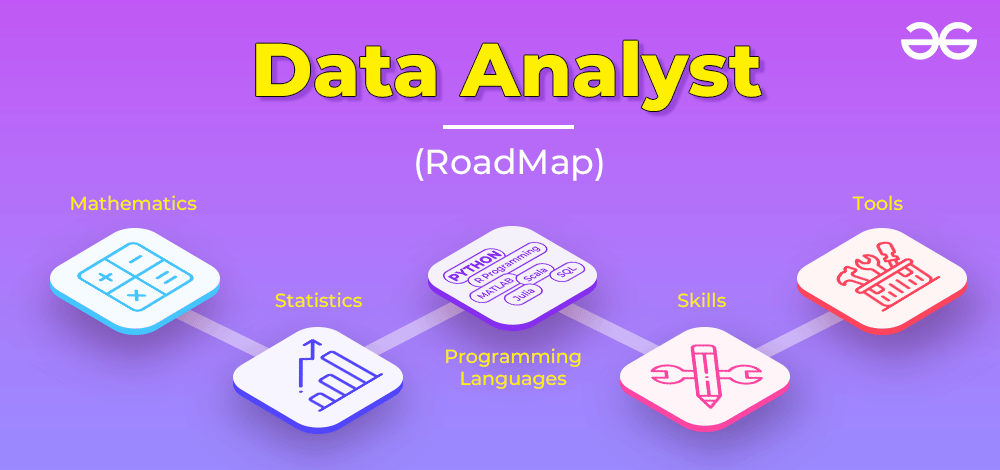Best and simplest framework to prioritise Product Backlog
- Apr 06, 2025
- Product Management
- product management product manager
- 5mins
- 410 Views
Prioritizing your epic backlog is one of the most important (and tricky) parts of a Product Manager’s job. Let me walk you through one of the best and simplest frameworks:
🔥 Best Epic Backlog Prioritization Frameworks for Product Managers
🎯 Go-To Framework: ICE or RICE (great for epics)
But let’s go even simpler and practical for daily use with:
🧰 MoSCoW Method + RICE = Super Practical Combo
✅ Step 1: MoSCoW Prioritization
Categorize epics into 4 buckets:
| MoSCoW Category | Meaning |
|---|---|
| M - Must Have | Essential for MVP or business value |
| S - Should Have | Important but not critical now |
| C - Could Have | Nice to have, not urgent |
| W - Won’t Have (now) | Out of scope or future idea |
✅ Step 2: Score with RICE (Reach, Impact, Confidence, Effort)
Assign a score to each Must/Should epic so you can objectively prioritize within that group.
🧱 Simple Example: Building a Task Management App
You have 5 epics in your backlog:
| Epic Name | MoSCoW | RICE Score | Final Priority |
|---|---|---|---|
| 1. User can create tasks | Must | 8500 | ⭐ #1 |
| 2. Real-time notifications | Should | 4200 | #4 |
| 3. AI task suggestions | Could | 3000 | #5 |
| 4. Dark mode | Could | 2500 | #6 |
| 5. Task sharing w/ teams | Must | 6800 | ⭐ #2 |
| 6. Slack Integration | Should | 5200 | #3 |
💡 Why this works well:
-
MoSCoW keeps you focused on what truly matters.
-
RICE brings logic and numbers into the discussion.
-
Stakeholders love it because they see how and why you’re prioritizing.
-
Easy to update as data, effort, or goals change.
🧠 Bonus Tip (Interview or Real Life):
"I use MoSCoW to categorize strategic value, then RICE to score within categories. This keeps things agile but also transparent. If effort changes or a feature's impact increases, it’s easy to revisit the backlog without getting lost."
Awesome! Now Let’s dive deeper into the Value vs. Effort Matrix, one of the most visual and intuitive frameworks for Product Managers to prioritize epics or features.
🧠 What is the Value vs. Effort Matrix?
It’s a 2x2 grid that helps you decide what to work on first by weighing:
-
Value (Y-axis) → How much impact it will create (user delight, revenue, retention, etc.)
-
Effort (X-axis) → How much time, complexity, or resources it takes to build
📊 The 2x2 Grid Looks Like This:
| 💥 High Value | 💡 Low Value | |
|---|---|---|
| 🟢 Low Effort | Quick Wins – Do these first! | Nice-to-Haves – Consider or defer |
| 🔴 High Effort | Big Bets – Plan, invest carefully | Time Wasters – Avoid |
🎯 Why it’s Powerful for PMs
-
Helps communicate trade-offs clearly with stakeholders
-
Super easy to understand (engineering, sales, execs all get it)
-
Helps spot low-effort, high-impact wins
-
Filters out high-cost, low-value distractions
🧱 Simple Example (Task Management App)
| Epic | Value Score (1–10) | Effort Score (1–10) | Category |
|---|---|---|---|
| 1. Create Task Flow | 9 | 3 | ✅ Quick Win |
| 2. Recurring Tasks | 7 | 7 | 📈 Big Bet |
| 3. AI Task Suggestion | 6 | 9 | ⚠️ Time Waster |
| 4. Dark Mode | 5 | 2 | 🤔 Nice-to-Have |
| 5. Slack Integration | 8 | 5 | 📈 Big Bet |
| 6. Email Reminders | 8 | 2 | ✅ Quick Win |
🧭 How to Use It in Practice
-
Score Value & Effort (1-10 scale)
You can use stakeholder input, data, or customer feedback. -
Plot features on a grid (can use Notion, FigJam, or Miro)
-
Prioritize like this:
-
🚀 Quick Wins → Do these first
-
🔭 Big Bets → Plan & schedule
-
💤 Nice-to-Haves → Keep in backlog
-
❌ Time Wasters → Drop or re-evaluate
-
💡 Bonus Tip for Interview or Real Use:
"I often use a Value vs. Effort Matrix early in roadmap planning to find features that bring impact quickly. It helps align stakeholders fast and avoid over-investing in features that won’t move the needle."





